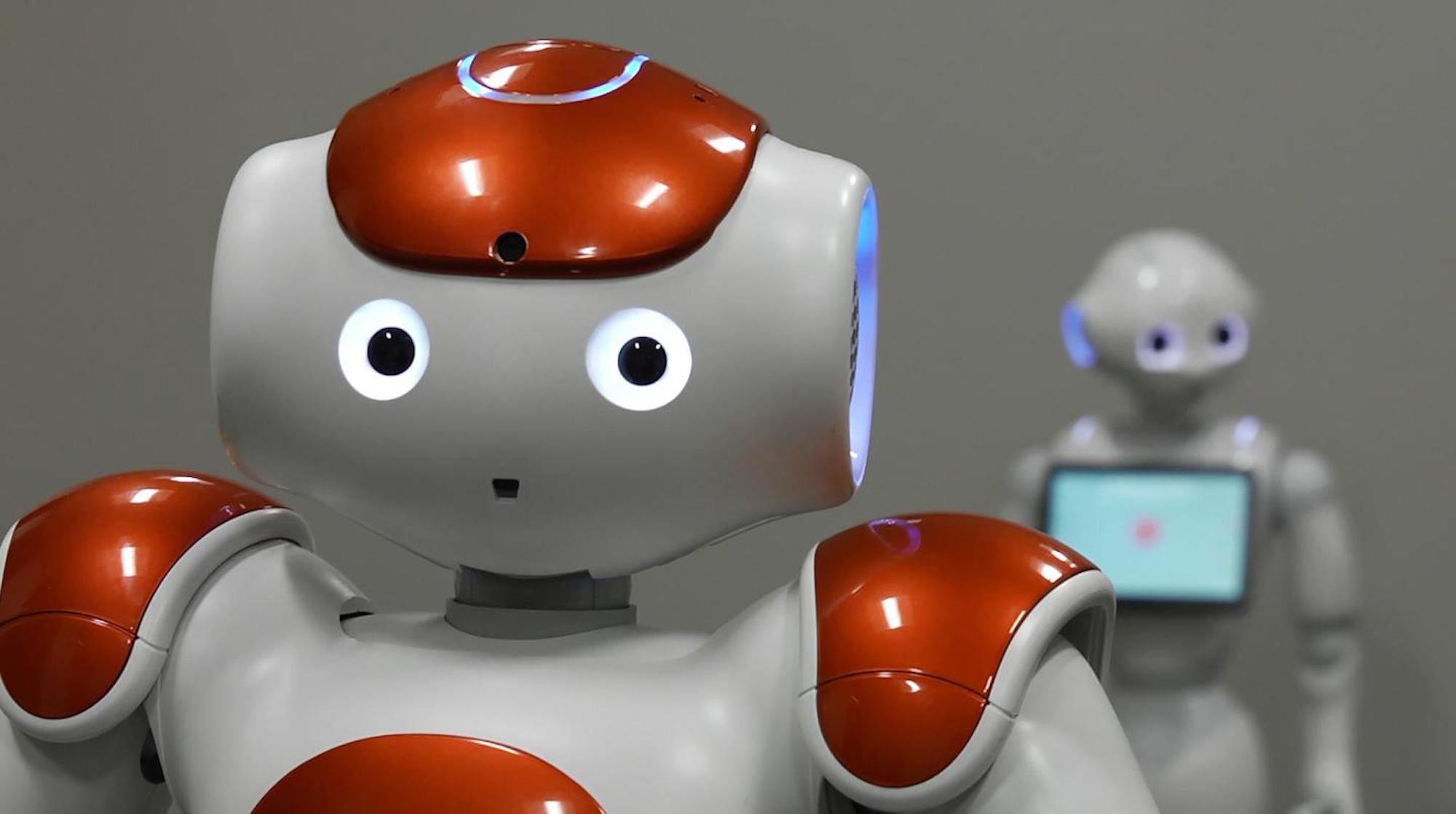Our journey to discover robotics consists in outlining a definition framework, as well as selecting some of the cardinal points of its historical path, before enunciating the three laws of robotics with Isaac Asimov advanced robotic kits.
What does robotics mean
Looking for a univocal definition for robotics can make sense as long as we renounce dogmatic claims, rather taking note of the incredible variety of arguments connotable to a technology whose emergent status is becoming somewhat perennial, if understood in its totality. In that sense, Wikipedia’s definition exactly serves its purpose:
“ Robotics is the discipline that studies and develops methods that allow a robot to perform specific tasks, automatically reproducing human work. Although robotics is a branch of engineering, more precisely of mechatronics, it brings together approaches from many disciplines both of a humanistic nature, such as linguistics, and scientific: biology, physiology, psychology, electronics, physics, computer science, mathematics and mechanics. “
The fact that such a multidisciplinarity is necessary also expresses the evolutionary complexity of robotics understood as a discipline that aims to simulate human work, and in more general terms its behavior. The reference framework is in many ways similar to that of artificial intelligence , not surprisingly the soul of many types of robots, to which must be added all the mechanical aspects that contribute to generating the physicality of the automaton.
The result of the efforts of robotics are therefore robots, which according to Wikipedia we can define as “ any machine (more or less anthropomorphic) capable of performing more or less independently a job instead of man ”.
From science fiction stories: Isaac Asimov and the three laws of robotics
In the path of robotics, a separate chapter must undoubtedly be dedicated to the figure of Isaac Asimov (1920-1992), scientist, author and popularizer born in Russia but actually raised in the United States, where his parents emigrated when he was only three years old. . To Asimov we owe first of all the contribution of the three laws of robotics , useful for governing his positronic robot:
A robot cannot harm humans, nor can it allow humans to receive harm due to its inaction.
A robot must obey the orders given by humans, unless such orders conflict with the First Law
A robot must safeguard its existence, as long as this does not conflict with the First and Second Laws.

